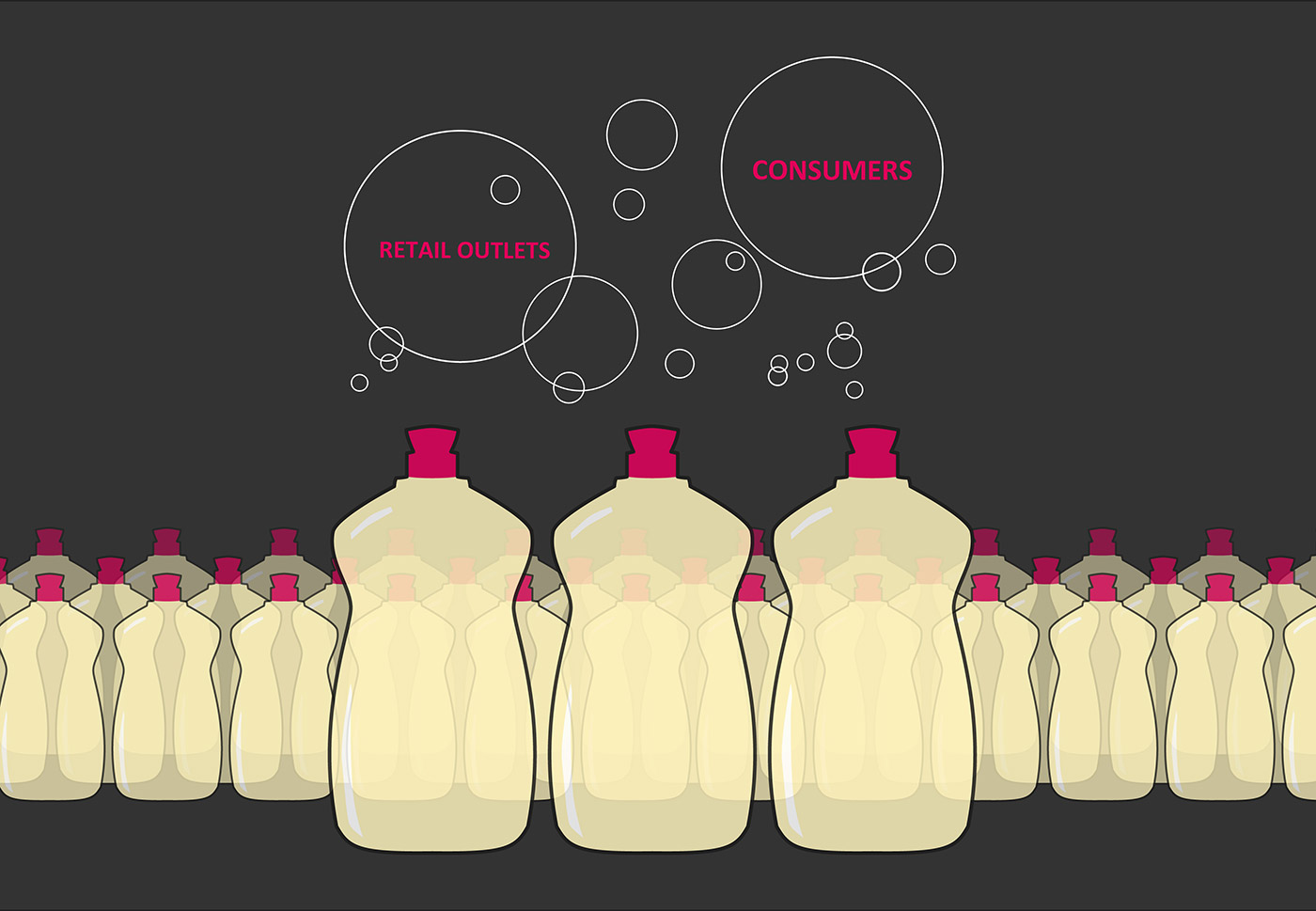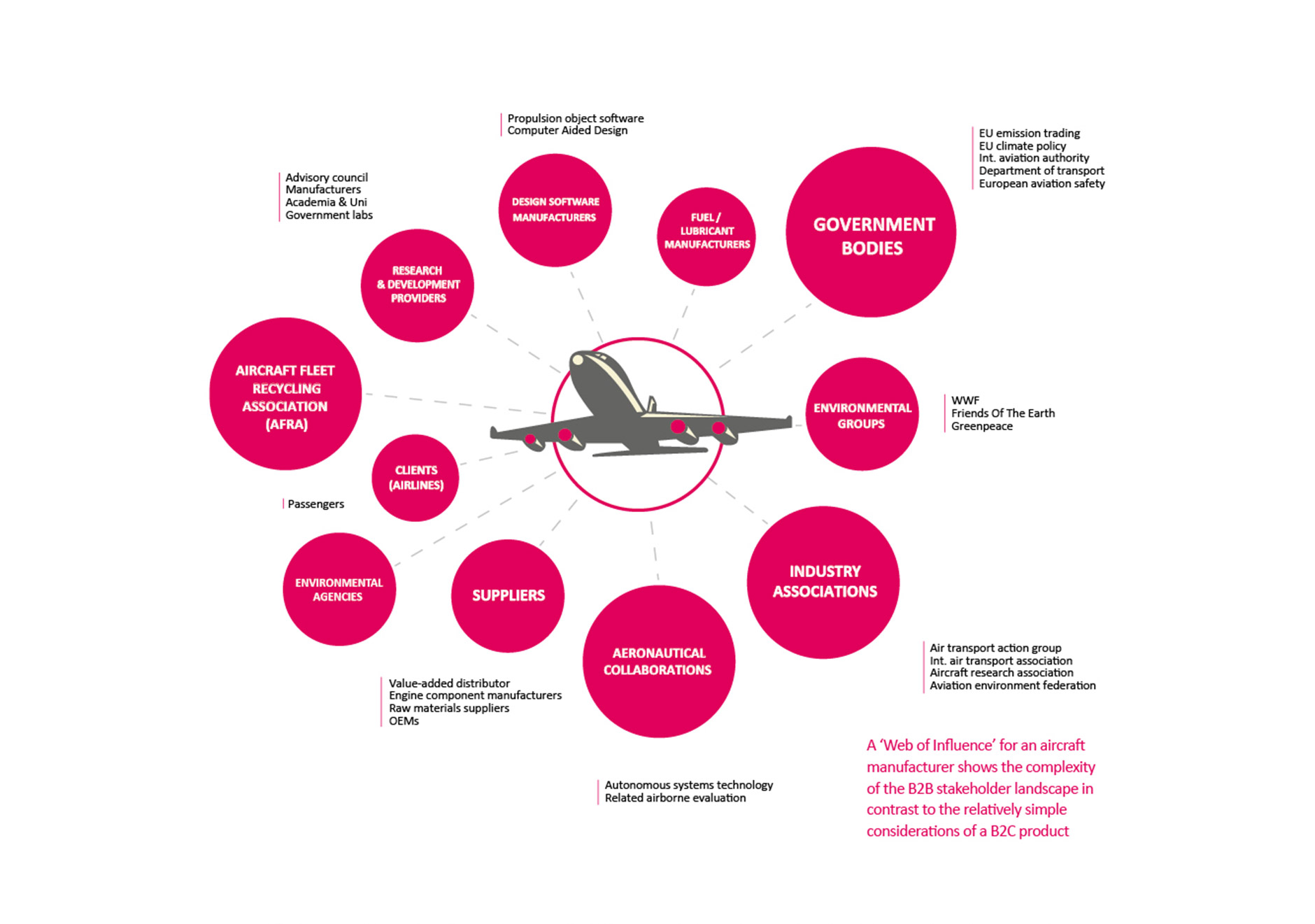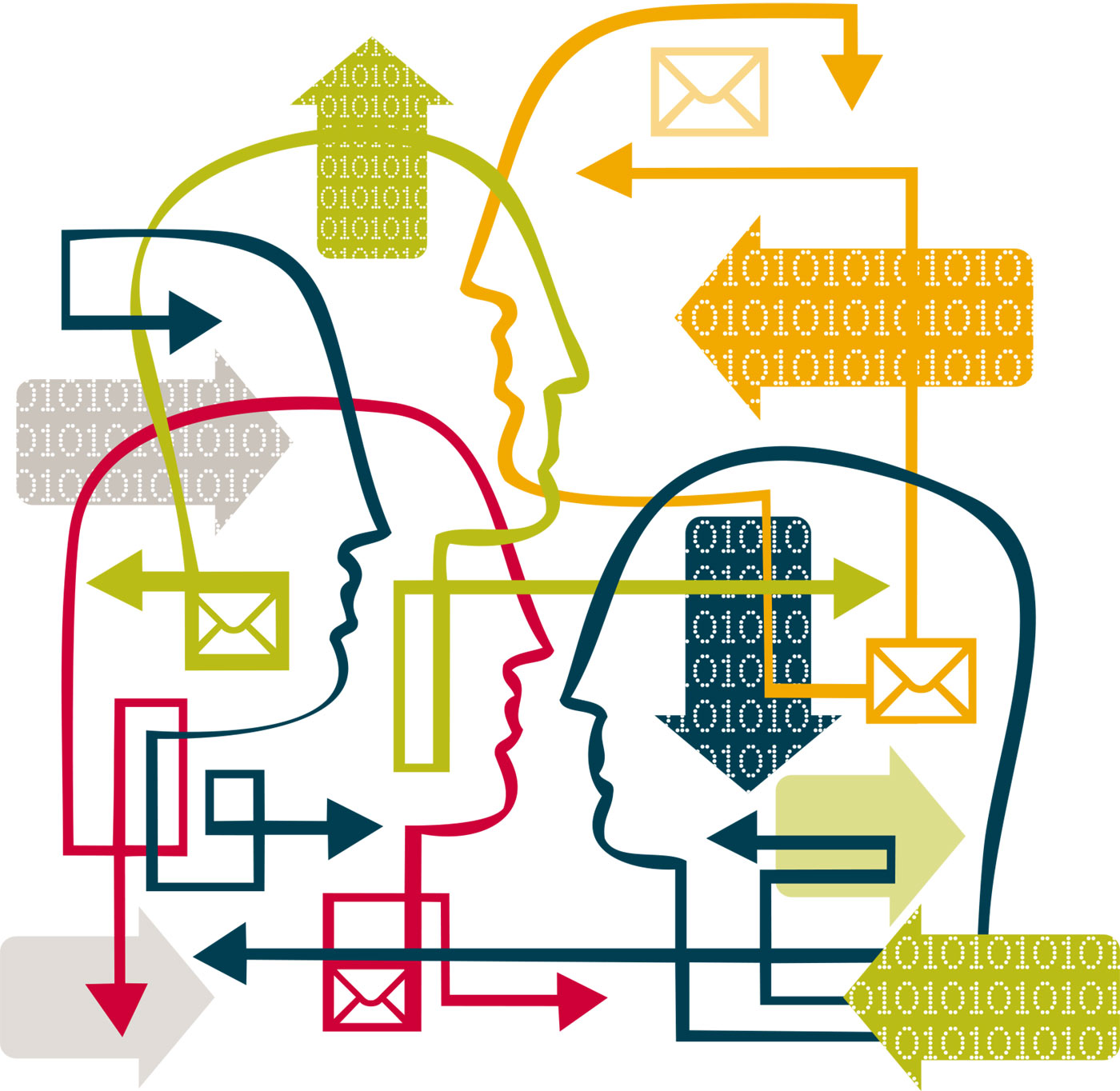More at stake in B2B


I recently changed brands of washing-up liquid (dishwashing liquid for our American English subscribers). My decision-making process was deeply thought out.

First I checked out the new brand’s credentials with several environmental groups. Then I studied the detergent’s strength-to-price ratio when compared to competitor brands. Finally I hired several aromatherapy consultants to make sure I’d like the smell and contacted medical authorities to have myself checked for allergic reactions to all 62 items on the ingredients list.
But of course I did none of these things, because I am one of seven billion simple creatures on this earth known as consumers. My decision-making process was easy – it was on offer that week. But when businesses make a purchase decision, there’s a lot more at stake, and a lot more stakeholders to consider.
The B2B communications landscape is far more complex than a B2C one. There are all sorts of stakeholder groups with opposing motivations all influencing each other. That’s why before creating any new brand or campaign idea for a B2B market, businesses need to invest time and effort mapping out their market place.
This mapping not only takes into account the different customers to be contacted, but many groups and organisations that directly or indirectly influence them. We call this a web of influence. This web will vary dramatically depending on the business, but the principle is the same for any B2B communications. We have used a fictitious aircraft manufacturer to demonstrate a typical B2B web of influence.
So while consumers buy things on impulse and make decisions alone, businesses consult multiple stakeholders and have a long-term buying cycle to consider. This is why more and more businesses are realising the need to employ specialist B2B stakeholder identification experts before any new communications activity. Before talking to a B2B market, you have to know who’s listening.





.jpg?width=350&name=GettyImages-1155862254%20(1).jpg)